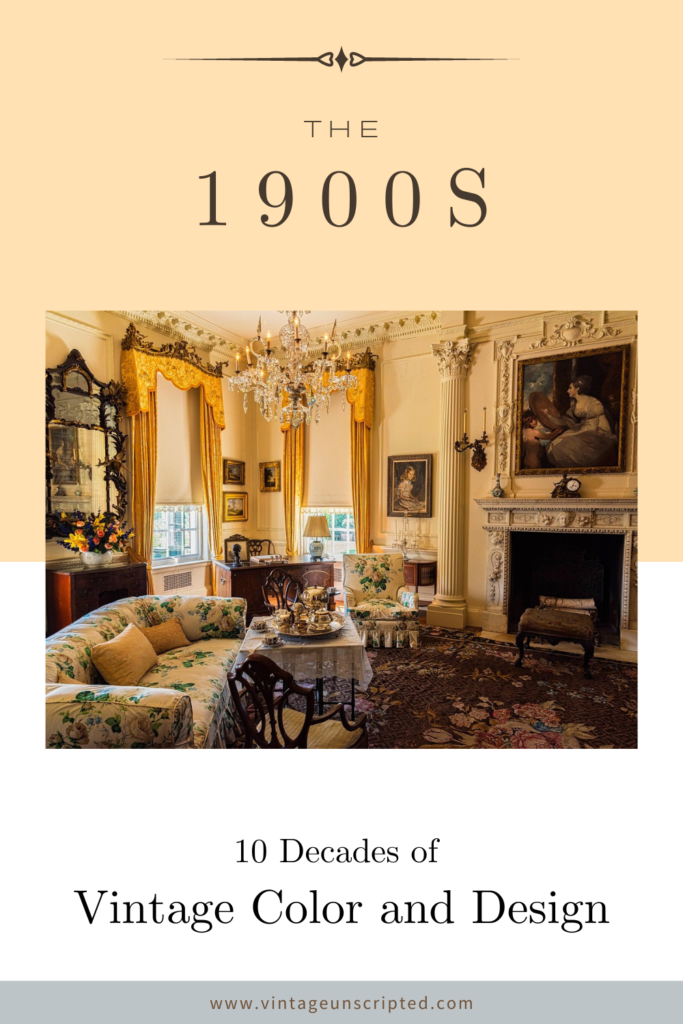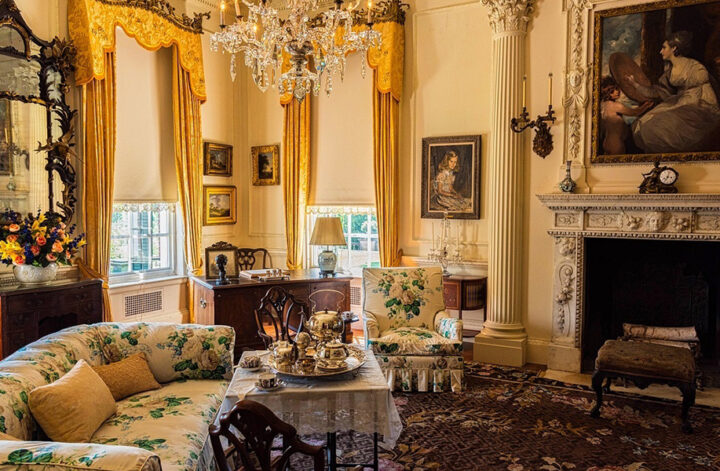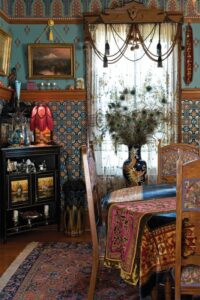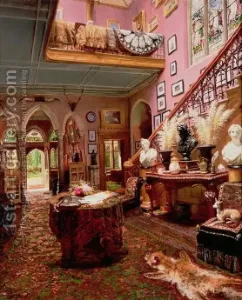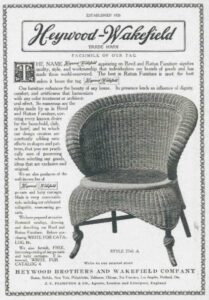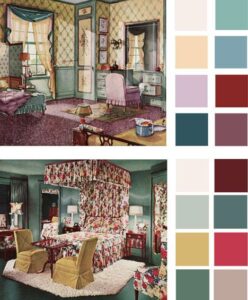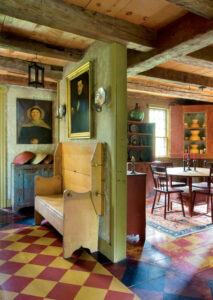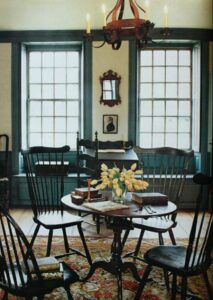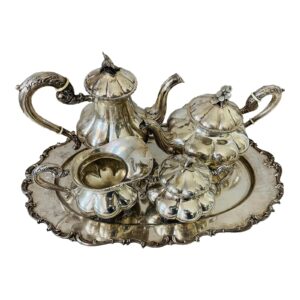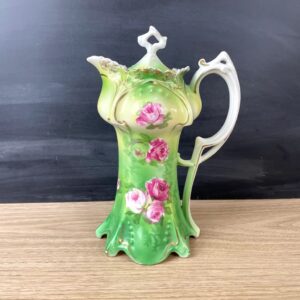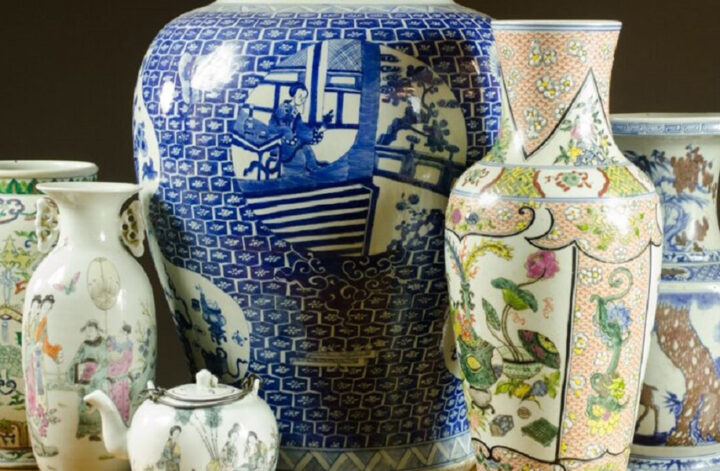Welcome to Part 1 of our 10 Decades of Color and Design series. We’re starting at the beginning of the last century with the 1900s. The highly ornate styles of the 19th century were headed for a change as the turn of the century brought an end to the heavy-handed dark Victorian era. One distinct difference was in the exterior trim of a home. With the changing century, trim colors went from dark to light, giving the facade a whole new look even without changing the primary color.
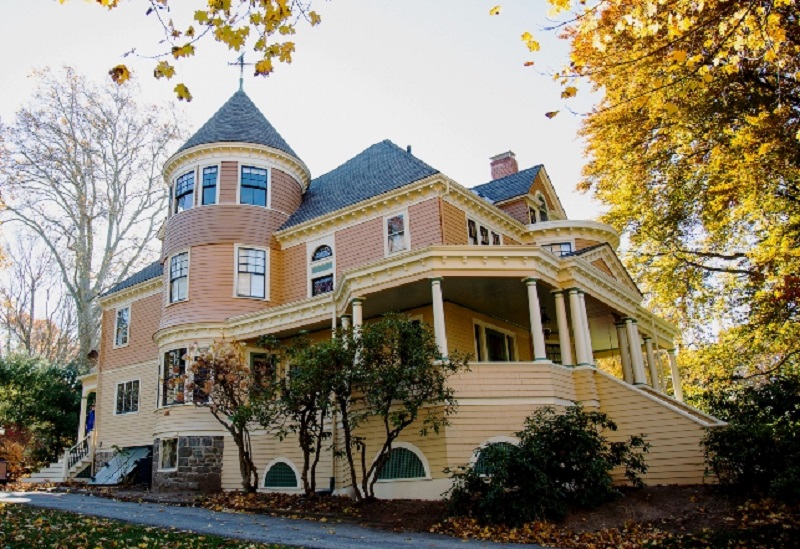
Because wood trim and dark paneling were still common in many homes, homes in the early 1900s were quite fussy by modern terms. Heavy drapery, bold colors, patterned walls, and rugs were common.
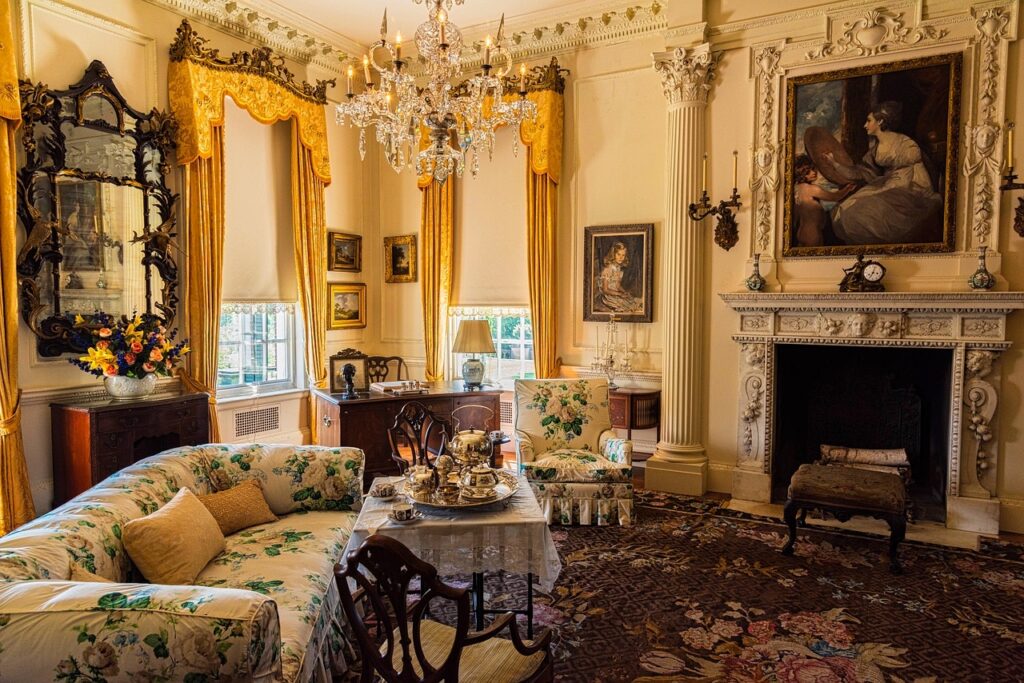
The accessories were highly formal. Think cut crystal, tatted lace, large portraits with ornate carved frames, stylized furniture with tall thin legs. Darker colors on walls and ceilings still masked the soot emanating from fireplaces and cooking stoves of the day.
Even with all that, the look was considerably lighter and less formal than the previous years. With the 1900s, the formality and stuffiness of the last century were slowly being replaced by palms and wicker furniture creating a lighter look. Colors included sage, clay, salmon, cadmium blue, and shades of ivory.
Aside from Victorian-style, colonial revival style homes were being built at the beginning of the 1900s. The look is much simpler and lighter and the decorating style reflects these differences. Furniture styles were more streamlined and simplistic. The look was very different.
Do you love the layers and the details? You don’t have to live in a Victorian manse to style your home in that mode. Your home is a canvas, you can add architectural details like moldings. The opulence of the Victorian era and turn of the century can be recreated today with rich dark colors like deep greys, reds, and greens; weighty draperies; and formal furnishings with carved and embellished details. It’s not hard to find true turn of the century pieces that are home ready in antique stores. Scour flea markets and thrift stores for pieces that need some TLC. Many nice wooden pieces from this era have been relegated to basements and garages and can be purchased inexpensively at estate sales. And remember, it’s not a crime to paint a veneered piece that is past its prime.
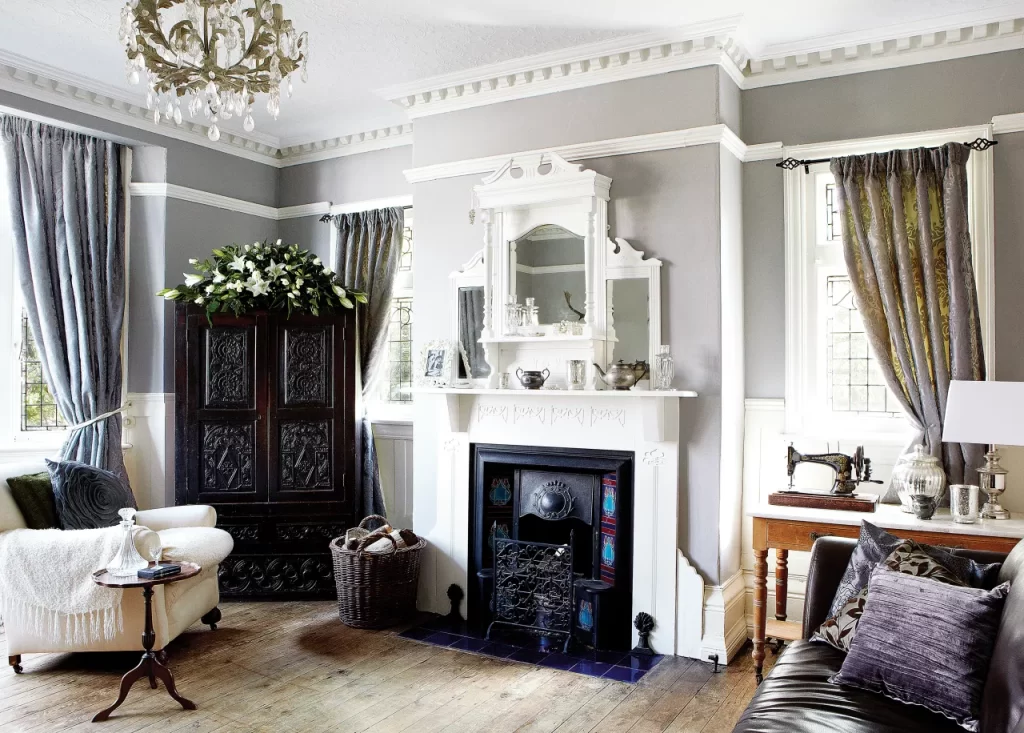
Get The Look of the 1900s:
Notes: I found this narration on “decorating a home in the early 1900s” fascinating: part one covers living rooms and bedrooms, part two continues to the kitchen, bathroom, and porch. I would love to read the entire book to get a glimpse of how the homes were thought to be built, used, and decorated back then. The highlights listed give us a peek into the thought process and architectural styles of the beginning of the last century.
I also found this study on decorating a 1900s home based on style. Home Decor Wise walks you through decorating a home from the early 1900s. It has a few simple steps to aid you in recreating the look of a home of that era.
We’re re-presenting the 10 Decades of Color and Design series because it’s among the most read posts on our blog, entirely worthy of an update with new links and information. Stay tuned, we’ll be updating the rest of the series over the next few weeks.
Pin it!
